Leather Hides now available
MJTrends is currently offering 3 types of leather hides: lambskin, goatskin, and cow hides. There are two different kinds of cow leather with one being a little bit thicker (1.1mm to 1.3mm thick) and the other slightly thinner and softer (0.8mm to 1mm in thickness). The softer and thinner hide was labeled “cow softy” whereas the thicker hide was aptly labeled “cow”.
We sourced our hides from Europe and the majority are without holes or imperfections, and the hides that do have holes were either marked for clearance where they will be individually photographed or the square footage was marked down to account for the defect.
If the defect was at the edge of the hide, the footage was marked down, and if the defect ran near the center of the hide, then the skin was selected for clearance.
We rounded the square footage of the cow hides to the nearest square foot. For example, 11.2 square foot was categorized as 11 square feet and 13.9 square feet was labeled as 14 square feet. For the goatskin and lambskin hides we rounded the square footage to the nearest 1/2 square foot. EG: 4.1 actual square feet would be rounded to 4 square feet and 4.9 square feet was rounded to 5 square feet.
What are some other differences between cow, goat, and lambskin? Lambskin is probably the softest, although it is comparable to the cow softy. None of the leather hides have much stretch as compared to our manufactured fabrics, but the lambskin probably has the most give.
If you are working on a project and you don’t need much material, the lambskin and goatskin will be the preferred hides to purchase because you can get less square footage as these hides are significantly smaller. While we don’t immediately plan to cut the cow hides into smaller sections, we are open to your requests if that is something you need (email us at sales@MJTrends with your requests).
What can you use these leather hides for? In regards to fashion you can make skirts, dresses, jeans, jackets, vests, corsets, Cosplay costumes, and a number of other clothing items. The hides would also be perfect for car interiors, throw pillows, wall decorations, bed headboards or footboards, and other light upholstery uses.
FYI – we already have leather working tools and sewing notions available including awls, rotary cutters, cutting mats, and various types of boning if making corsets. Additionally we have a wrist protector sewing pattern for archers or Renaissance Fair costumes where you can input your specific sizing.
Why did we add leather hides to our store and what is our future vision? We are constantly adding new inventory, and real leather hides was one of the requests that had come from our customers and it also made sense to us since we already sell faux-leather fabric.
Several of our customers use our fabrics for Cosplay and Renaissance costumes, and we wanted the ability to serve requests for leather for customers who are in that field. We also looked at the current marketplace for leather hides and felt like we could improve on how leather is sold.
We observed that some retailers offered an approximate price for hides that ranged in size, and then would charge customers based on the size and quality of the next hide on the rack. This seemed like a horrible way to buy leather. You don’t know how much you are getting or being charged until after your order has been fulfilled!
Other retailers charged a single known price, but the hide that you received would range in size over several sq feet. Some customers end up with a bargain and others overpay in that model. Our immediate goal is to give you control over the size of the hide that you get by measuring and pricing hides to the square foot and half square foot. We believe this is an improvement to the current way most hides are sold.
Long term we plan to add additional technology that will allow us to capture individual pictures of each hide, calculate square footage, usable square footage, and also highlight any imperfections and show how we arrived at our pricing. If you currently purchase leather hides and have feedback on how you would ideally like the process to be – we’d love to hear from you (email us at sales@MJTrends.com).
We are also just getting started and we did our best to choose the types and colors of leather hides that we thought you would prefer. Let us know what colors, hide types, thicknesses, etc. that you would like and we will work to source them.
As we move into 2020 our plans are to begin adding custom-fit sewing patterns again with some designs made explicitly for real leather. We are starting to work on our third iteration of our pattern design tool (our second generation design tools can be used at no cost at www.ModaMake.com).
We will continue to invest in expanding our range of fabrics and notions (and now leather hides), custom-fit patterns, and DIY fashion tutorials, as well as investing in technology solutions that either make the shopping process better or add value to the DIY and costuming community.


 Email App
Email App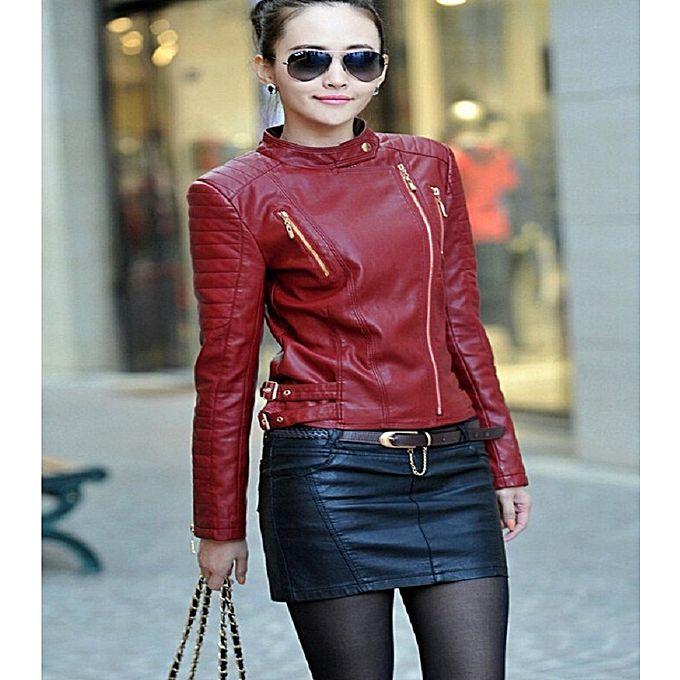

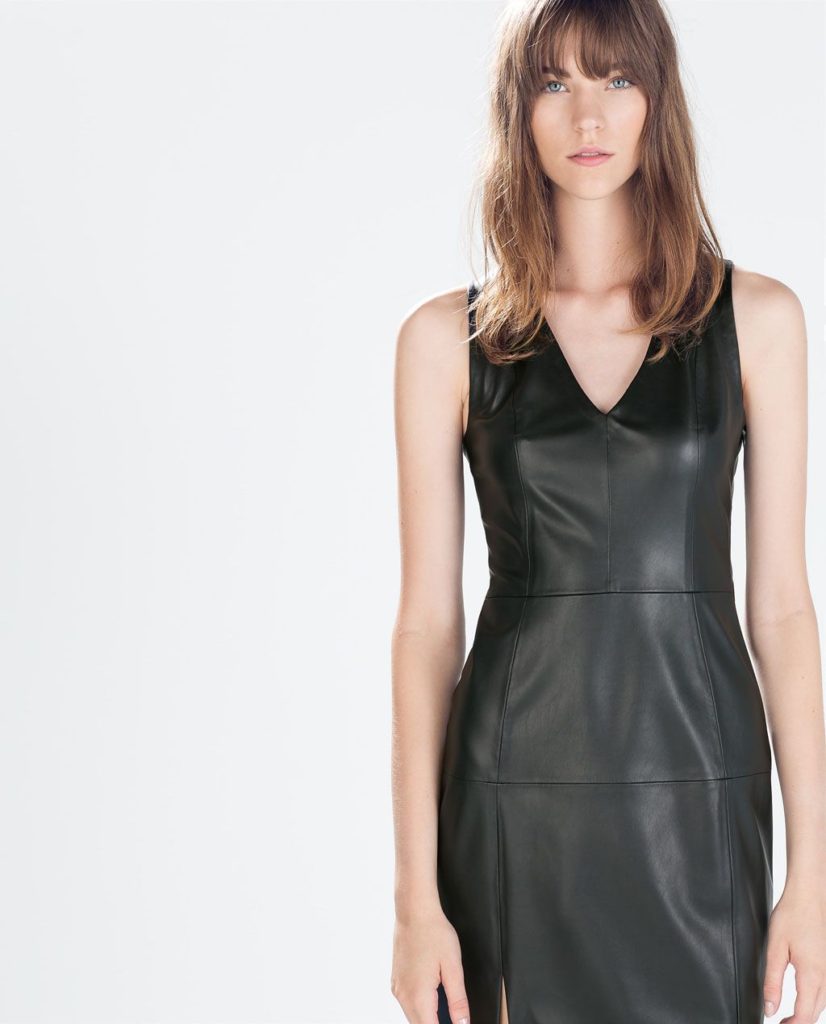
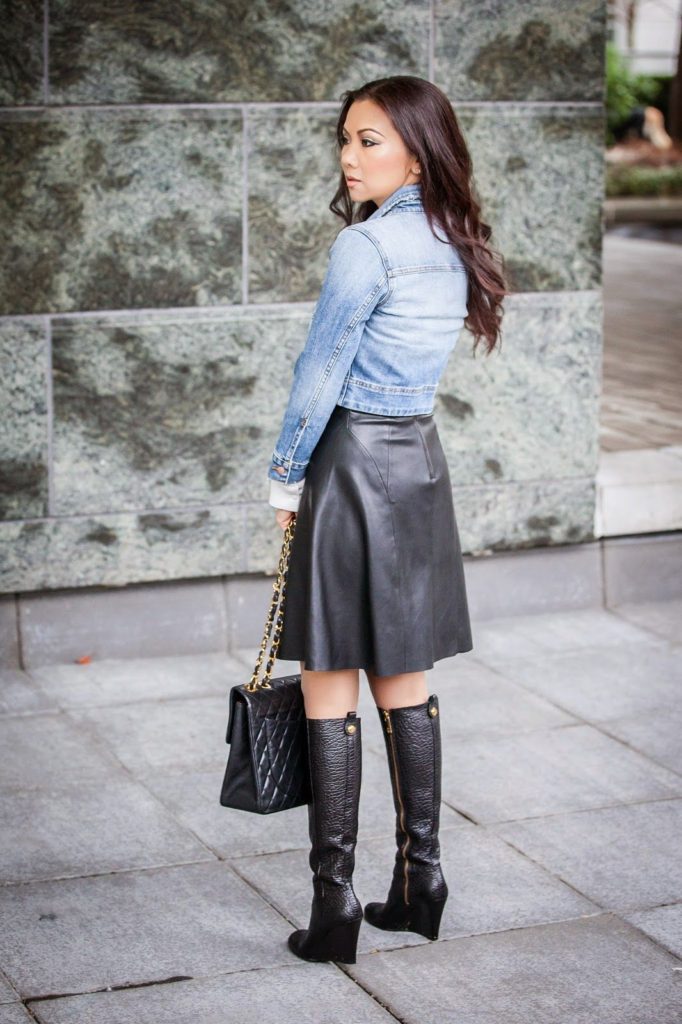
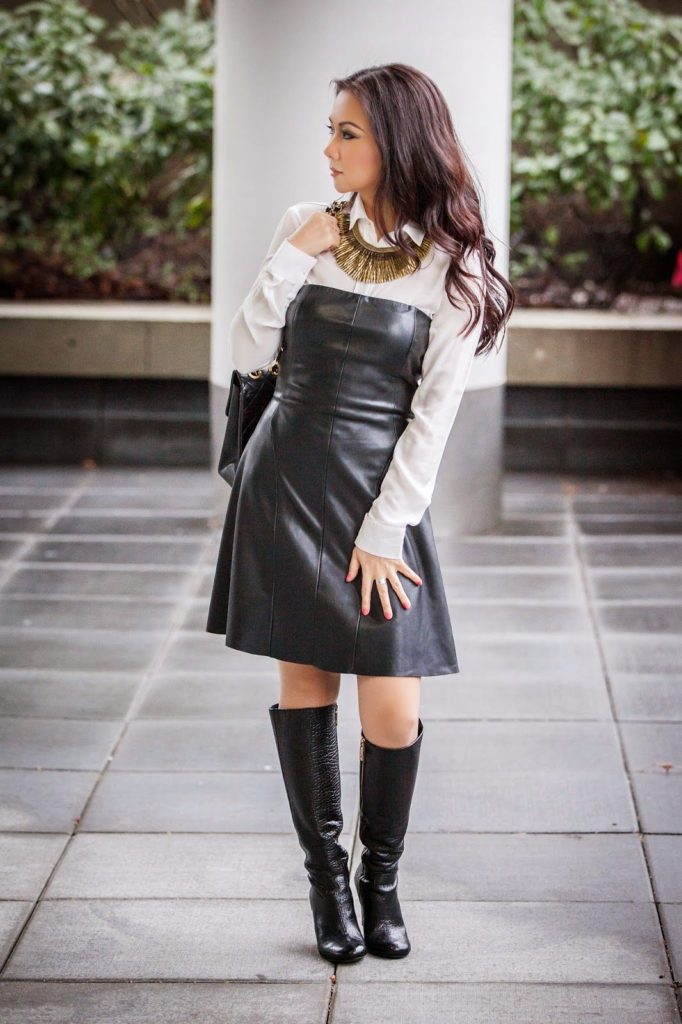
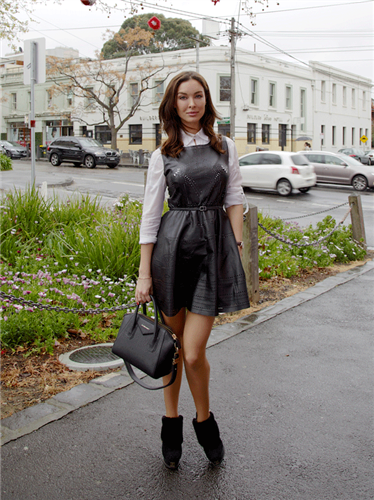
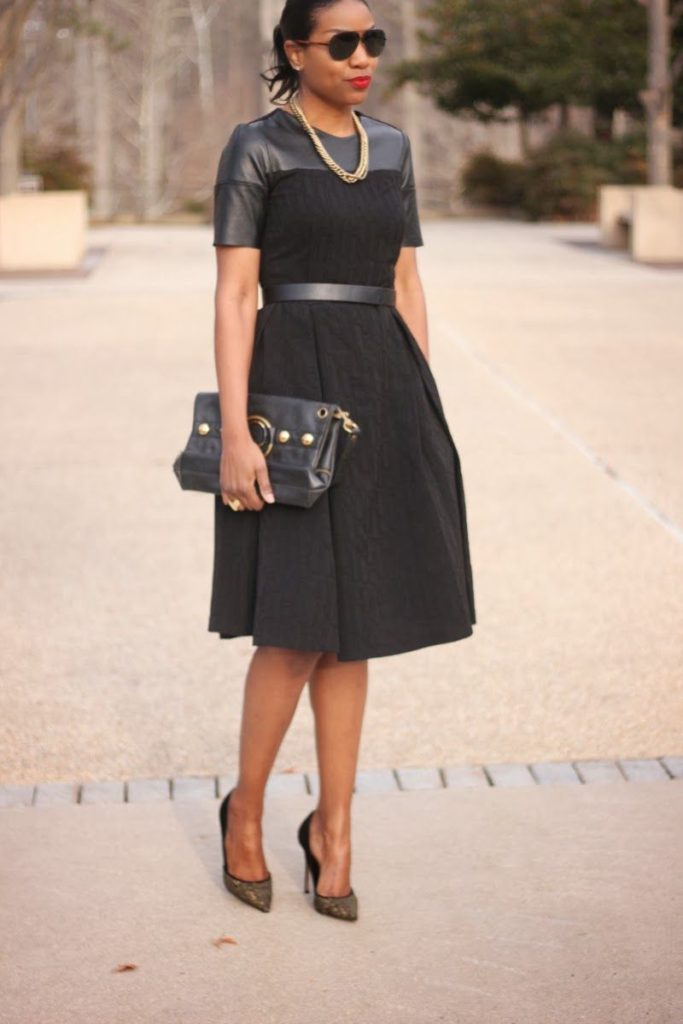
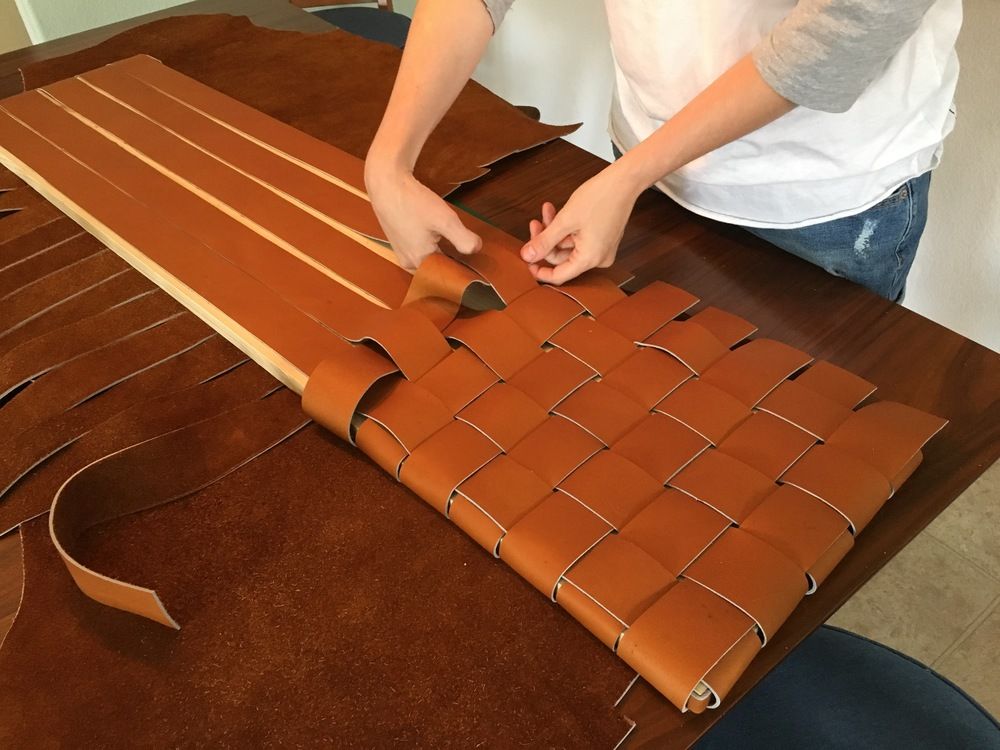
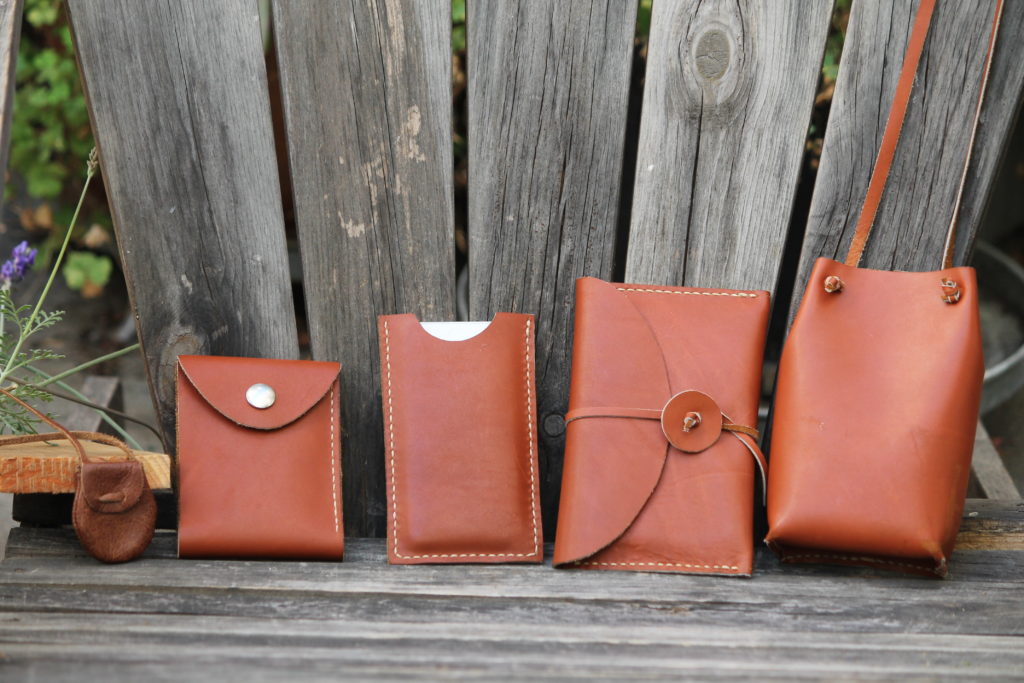

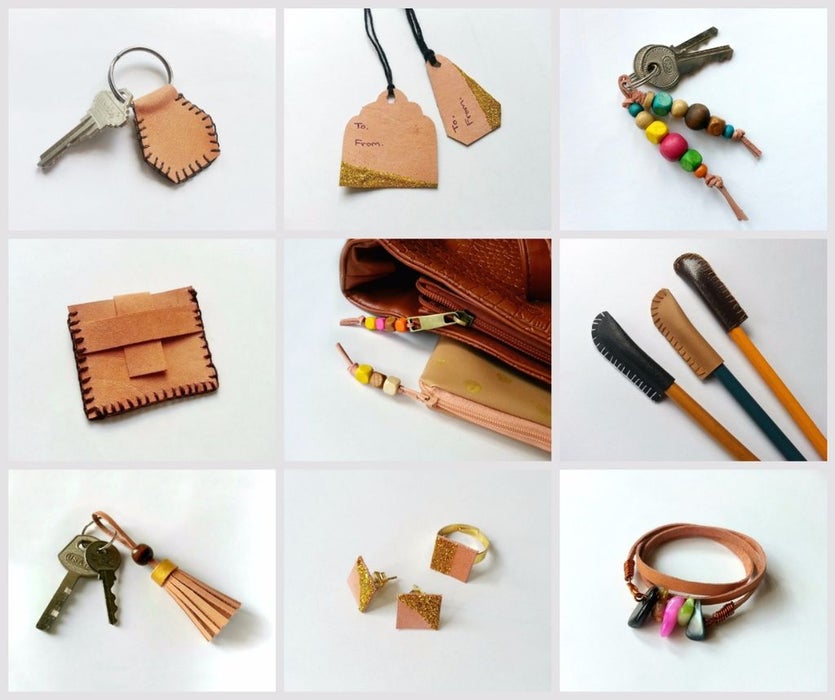
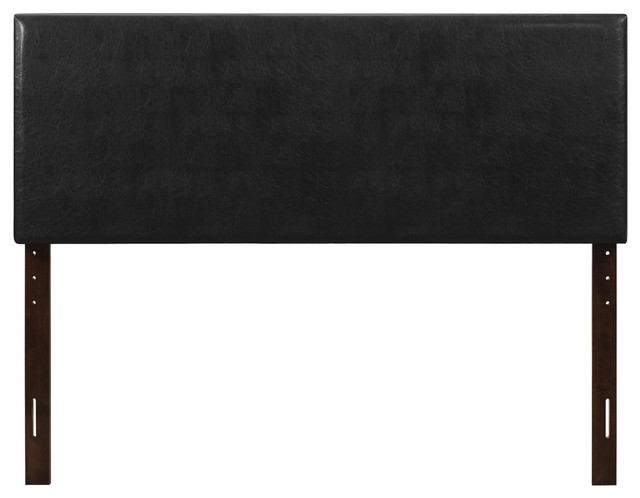
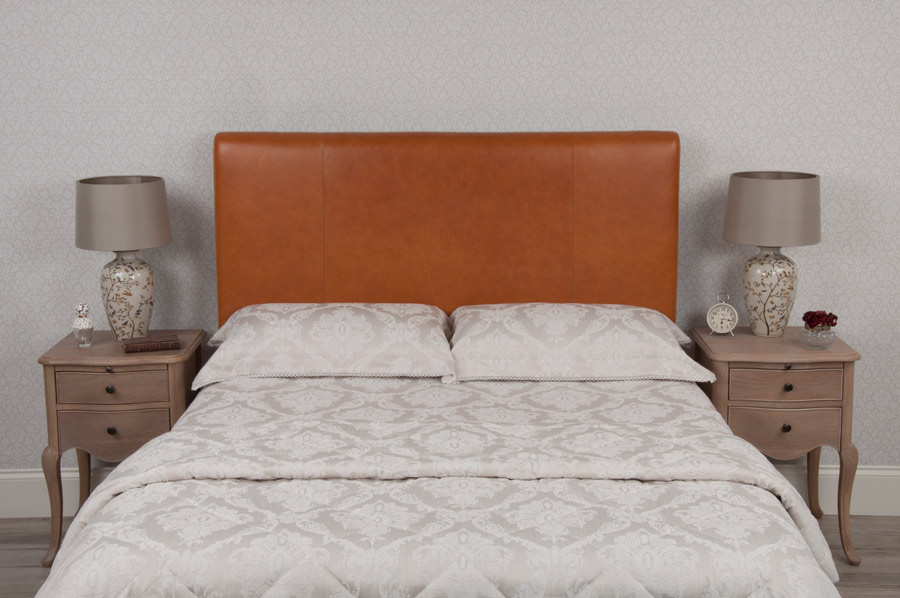
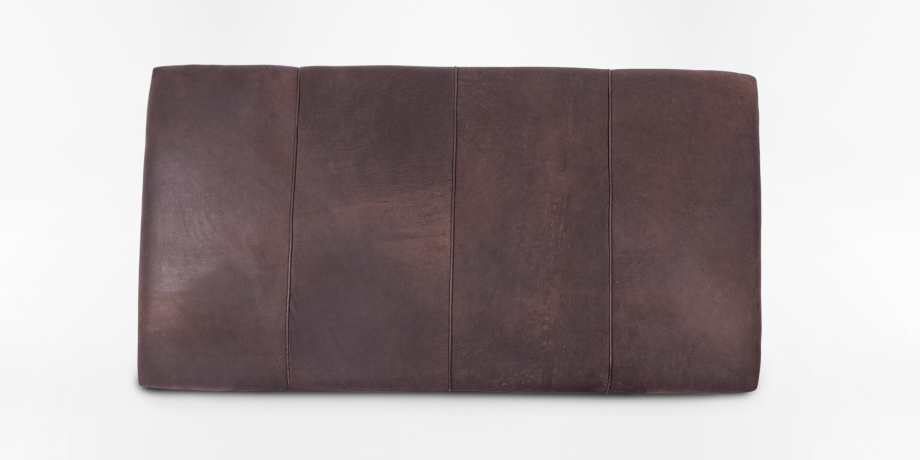
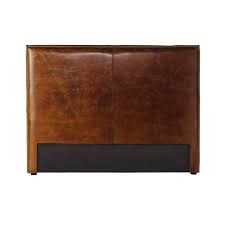
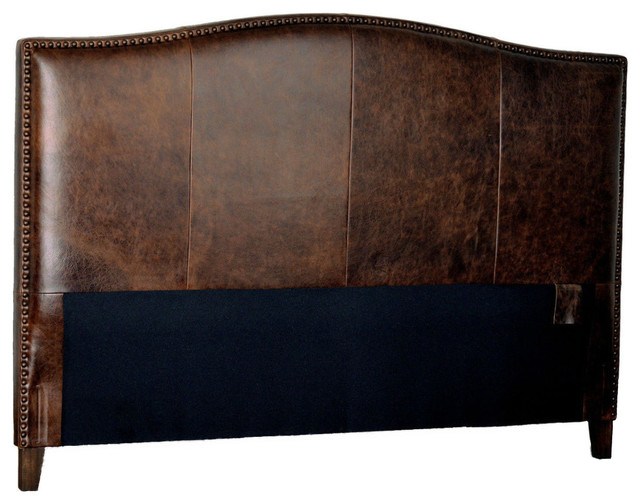
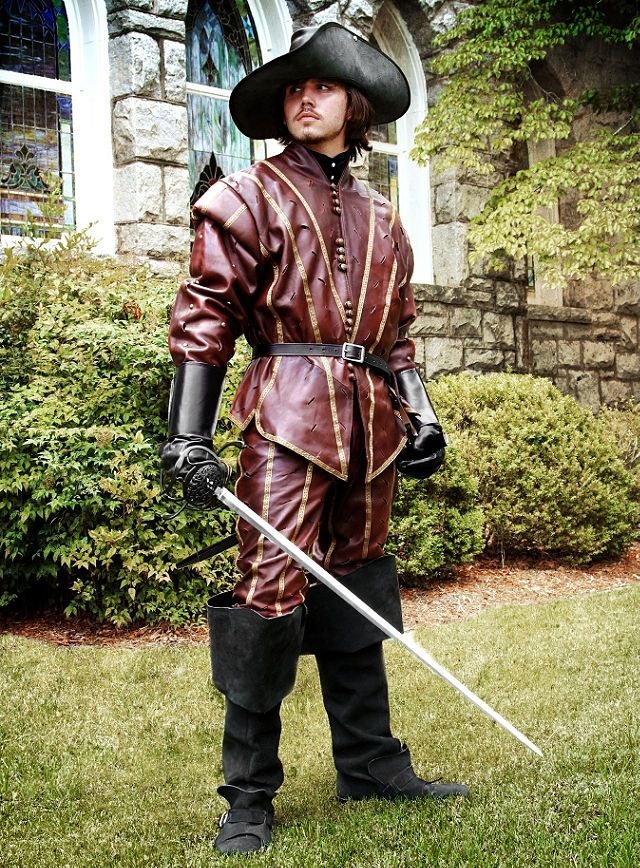
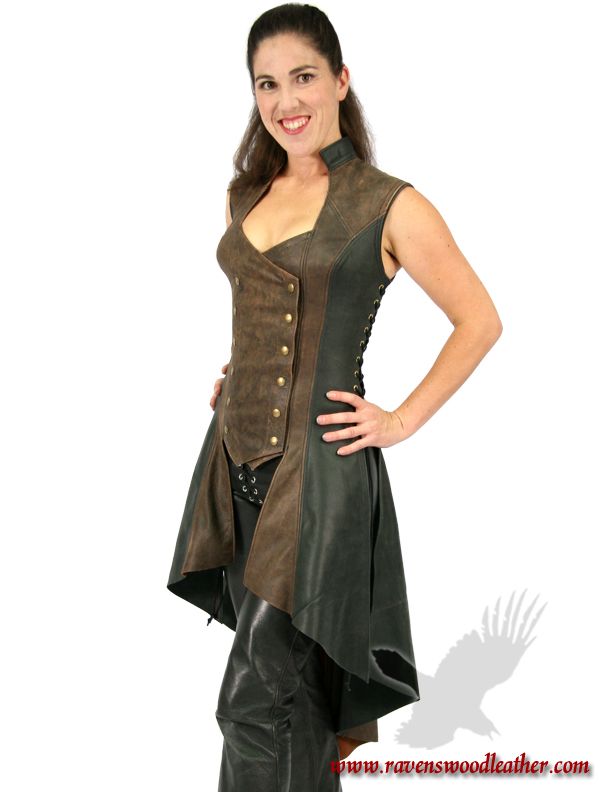
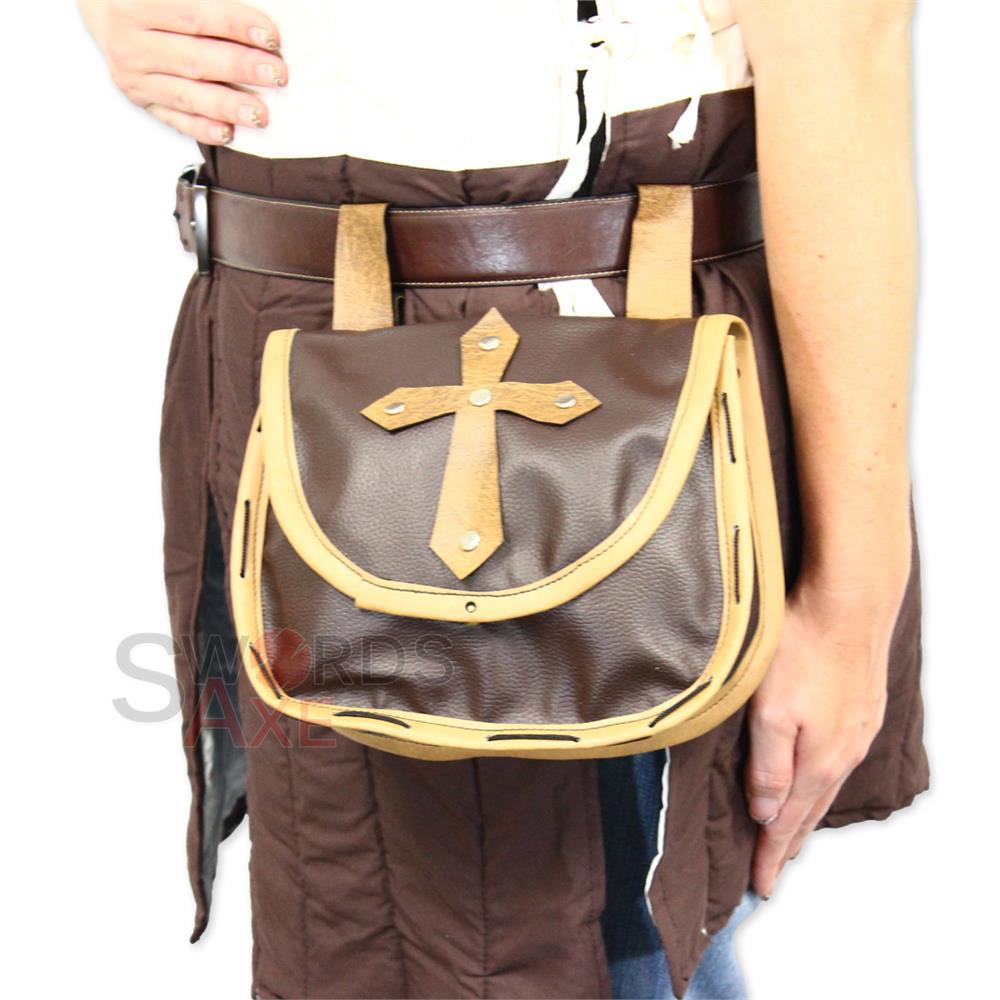
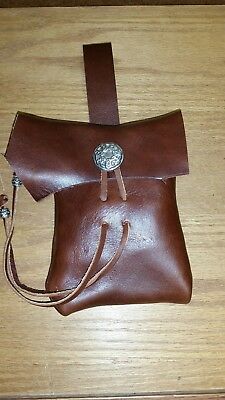
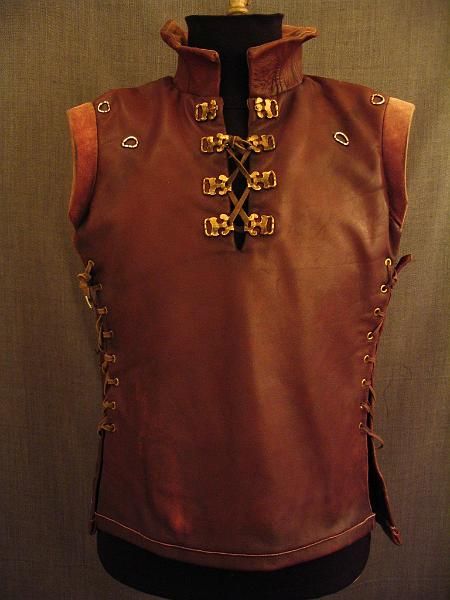
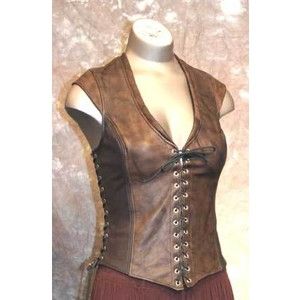
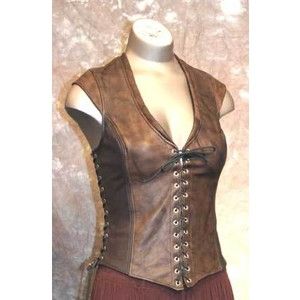
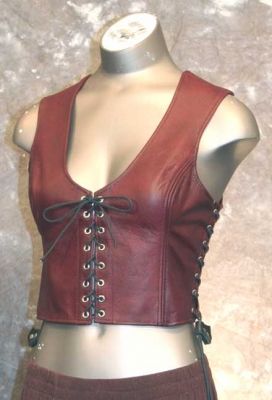
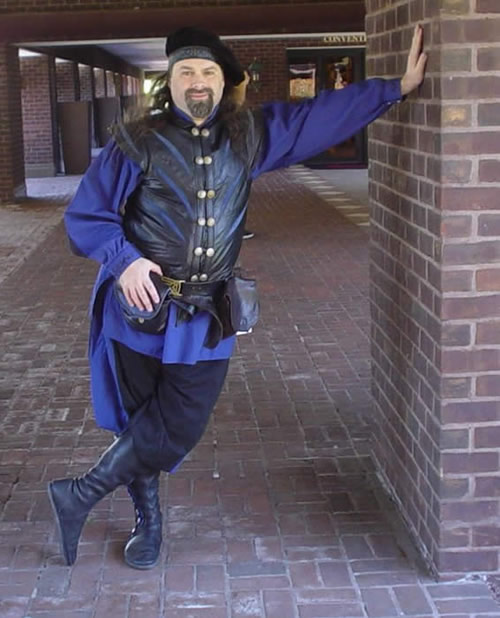

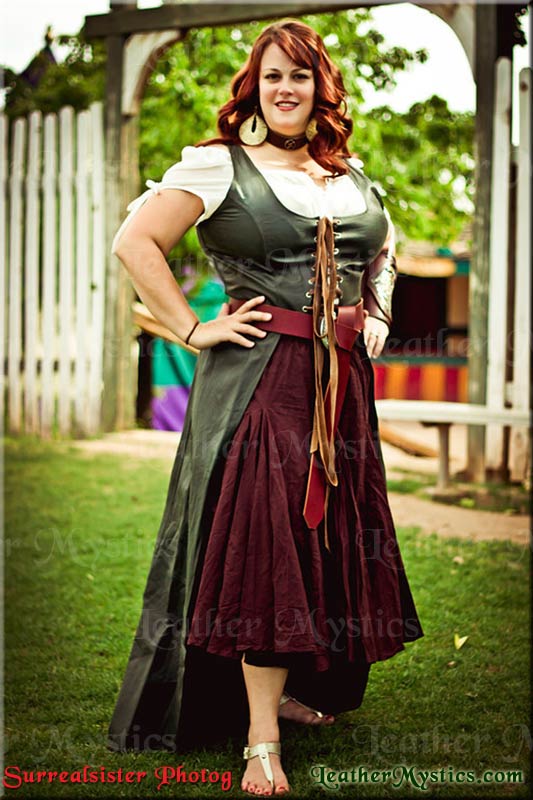
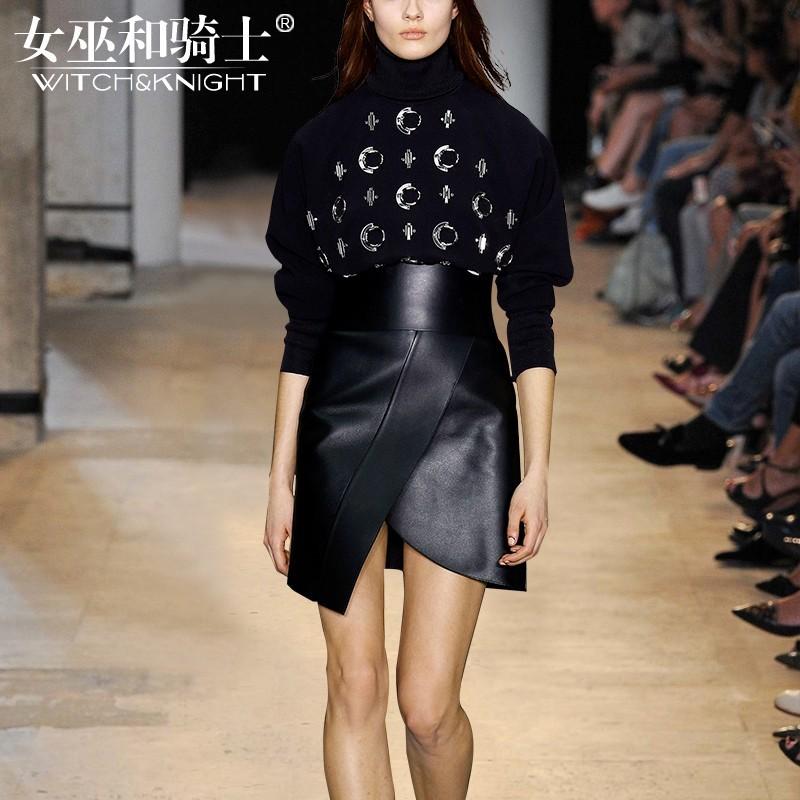


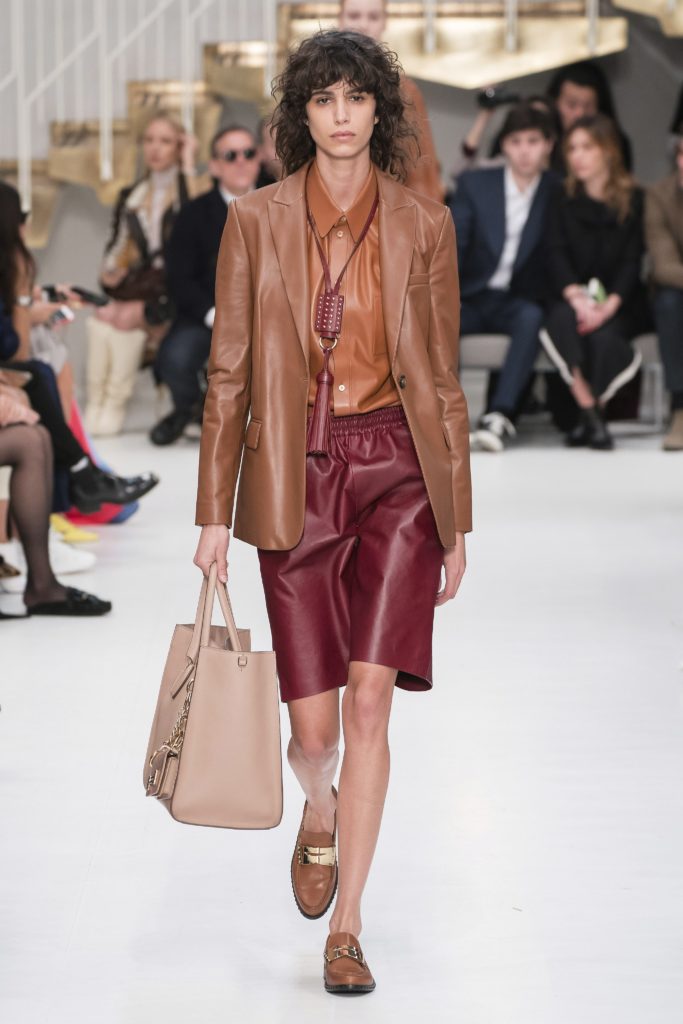

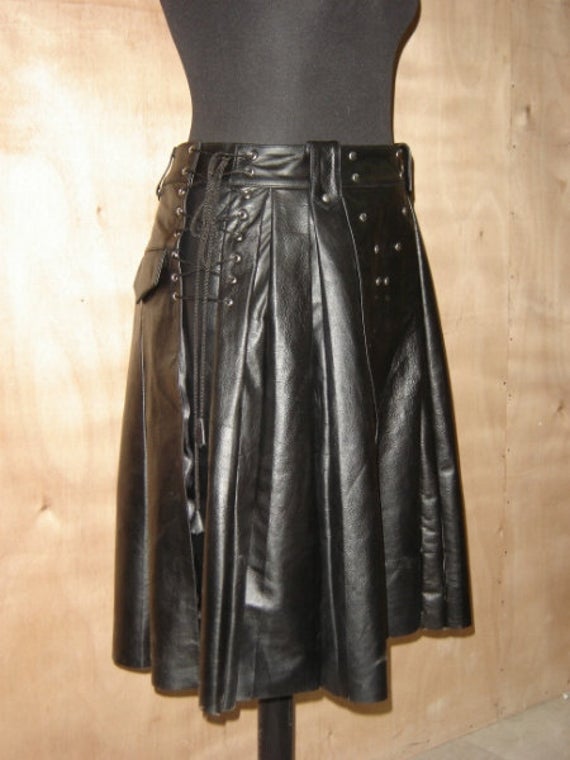

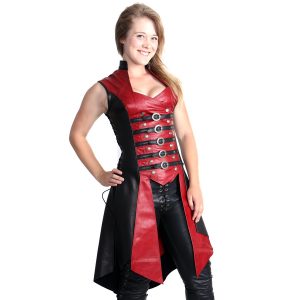
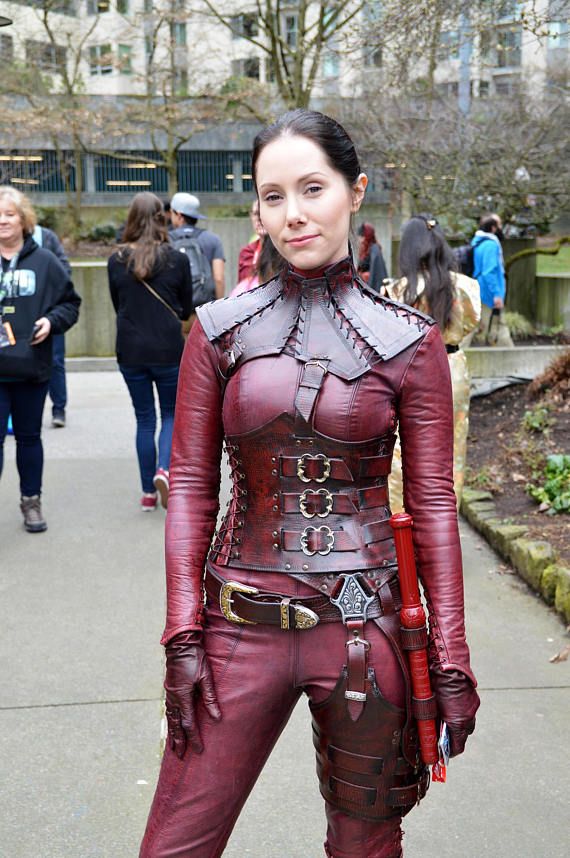
No Comments